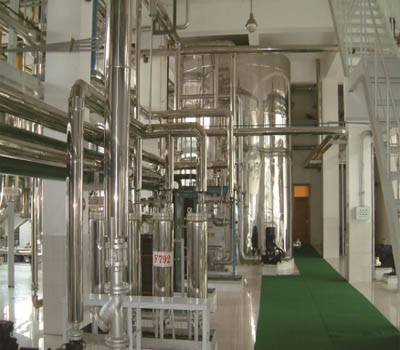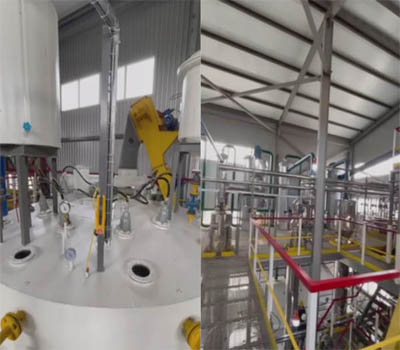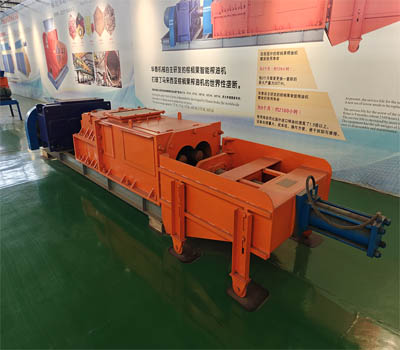Deacidification of edible oil
Unrefined crude oil contains a certain amount of free fatty acids, and the process of removing free fatty acids from oil is called deacidification. Deacidification methods include alkali refining, distillation, solvent extraction and esterification. Alkali refining and steam distillation (and physical refining) are the most widely used in industrial production.

Working principle
The working principle of deacidification of edible oil is mainly to remove free fatty acids from oil by chemical or physical methods, thus reducing the acid value and improving the quality and stability of oil products. Common deacidification methods include alkali refining and distillation. Alkaline refining is a neutralization reaction between alkaline substances (such as sodium hydroxide) and free fatty acids, and soap feet are generated and removed by separation. The distillation rule is to evaporate and separate free fatty acids by steam distillation at high temperature and vacuum. Deacidification can not only reduce the risk of rancidity of oil, but also improve the taste and smell of oil, making it more suitable for eating or further processing.
Equipment
The main equipment for deacidification of edible oil includes distillation column, neutralization tank, centrifuge and heating device. Wherein, the distillation column is used for removing free fatty acids by steam distillation; The neutralization tank generates soap feet by adding alkali liquor and fatty acid for neutralization reaction; Centrifuge is used to separate soapstock and grease; The heating device helps to adjust the temperature to improve the deacidification efficiency. These equipments cooperate with each other, which can effectively reduce the acid value in edible oil, improve the quality of oil products and make them more in line with edible standards. According to process requirements, vacuum system and condenser may also be equipped to reduce oxidation and loss.




